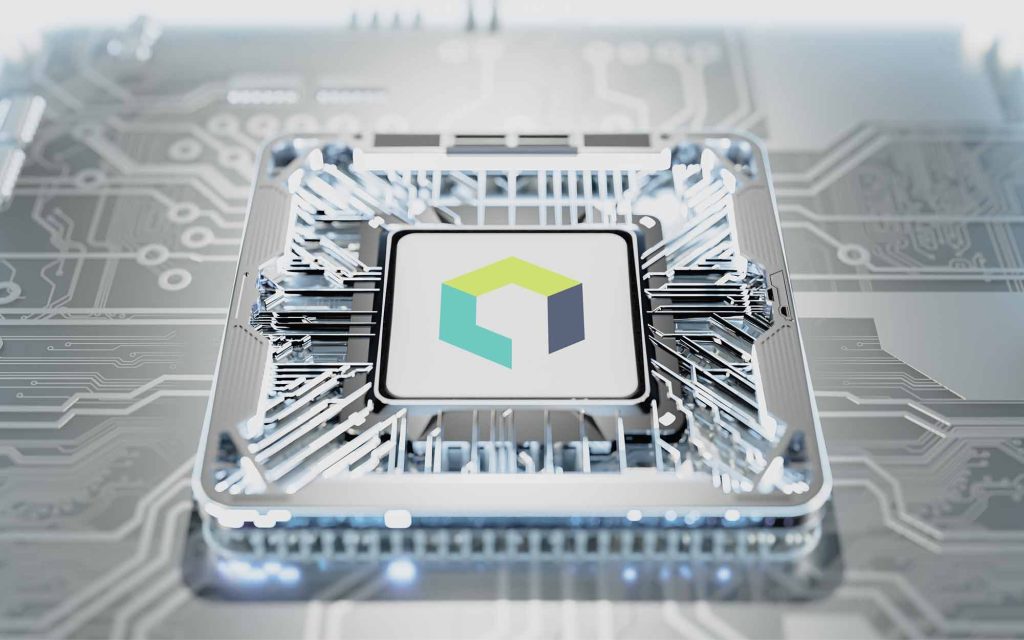In today’s digital world, APIs (Application Programming Interfaces) are at the heart of most software applications. They act as bridges between different software systems, enabling them to communicate with one another, facilitating integration and automation in modern software development. Whether you’re booking a flight, checking the weather, or making an online payment, APIs are silently working behind the scenes to ensure everything runs smoothly.
Think of an API as a Waiter in a Restaurant
To better understand the workflow of APIs, let’s use an analogy. Imagine you’re at a restaurant. You, the customer, are like the client in our system. When you sit down at the table, you place an order with the waiter. The waiter takes your request and forwards it to the kitchen, which represents the server or the backend of the system. The kitchen prepares your order (like processing your request), and the waiter brings it back to your table when it’s ready.
In this analogy, the waiter is the API — the messenger between the client (you) and the server (the kitchen). Similarly, APIs transfer requests from clients to servers and bring back responses, allowing different applications to work together.
How Do APIs Work?
APIs function through a simple process of requests and responses. Here’s a breakdown of how it works:
- A Request is Sent by the Client – For example, a mobile app might request a user’s profile data from a server.
- The Server Processes the Request – The API interacts with a database or another service to retrieve the necessary data.
- A Response is Sent Back to the Client – Once the server processes the request, it returns the data in a structured format (like JSON or XML), which the frontend application or service can then use to display to the user.
This flow of communication is typically carried out using HTTP (Hypertext Transfer Protocol).
Types of APIs
There are several types of APIs that serve different purposes and offer various ways to communicate:
- RESTful APIs
- These are the most common type of API.
- They use standard HTTP methods like GET, POST, PUT, and DELETE.
- Typically, data is exchanged in JSON or XML format.
- SOAP APIs
- SOAP (Simple Object Access Protocol) uses XML for communication.
- It’s more secure but also more complex compared to RESTful APIs.
- GraphQL APIs
- With GraphQL, clients can specify exactly what data they need, making it very efficient for complex queries.
- It provides more flexibility than RESTful APIs, allowing clients to tailor requests to their needs.
- Webhooks
- These APIs automatically send data when an event occurs, which can be very useful for real-time updates.

Our System’s Use of APIs
In our system, APIs play a critical role in ensuring seamless communication between the front-end (user interface) and the back-end (server). For example, the Aspekt Product Suite utilizes APIs to connect the frontend client to various services in the backend.
Moreover, we also rely on APIs that interact with third-party service providers like central banks, credit scoring providers, merchants, and more. These APIs are often open and communicate via RESTful or SOAP protocols. Additionally, we also use GraphQL APIs to streamline and optimize data retrieval for more complex queries.
Without APIs, our system wouldn’t be able to scale or function in a modular way. This principle of using APIs is vital for modern web programming, ensuring that our system is flexible, scalable, and capable of integrating with other platforms.
Key API Methods Used in Our System
To break it down further, here are the core HTTP methods used in our system’s APIs:
- GET – Retrieve data from a server.
- POST – Send data to a server.
- PUT – Update existing data on the server.
- DELETE – Remove data from the server.
These methods form the foundation of how our APIs work, allowing the system to perform a wide range of operations like fetching data, sending information, and managing resources efficiently.

Final Thought
APIs are the backbone of modern software systems, allowing applications to communicate with each other and enabling seamless integration across platforms. By using different types of APIs, such as RESTful, SOAP, GraphQL, and Webhooks, our system remains scalable and capable of interacting with third-party services. The use of APIs in our system is not just a good practice, it’s a necessity for creating flexible, efficient, and modern web applications.














